Now that gravitational waves have been observed, the race is on to design better and more sensitive gravitational telescopes. The LIGO telescope measures gravitational waves by precisely measuring the distance between reflectors. As gravitational waves pass through LIGO the distance changes very slightly. One way to improve over LIGO is to create a more sensitive telescope in space following similar designs, such as the proposed eLISA mission. But there are other ideas that are also worth considering, such as designs using atomic clocks.
While atomic clocks can measure time very precisely, they can also measure the frequency of laser light very precisely. If two satellites containing atomic clocks were put into a common orbit, laser signals from each satellite could be measured by the atomic clock in the other. If a gravitational wave passed by, it would cause a small oscillation between the satellites, which could be seen an a periodic Doppler shift of the laser signals.
One advantage of such an experiment is that it could be tuned to gravitational waves of a particular frequency, rather than having a range of frequencies such as LIGO. Such a narrow band sensitivity would make it a poor detector of black hole mergers, but it could detect gravitational waves from periodic sources such as binary neutron stars. In a recent paper outlining the idea, the authors propose such atomic clocks could be included in an eventual eLISA mission.
Right now this is just an idea, but in the new world of gravitational wave astronomy, a lot of ideas could soon become reality.
Paper: S. Kolkowitz, et al. Gravitational wave detection with optical lattice atomic clocks. arXiv:1606.01859v1. (2016)

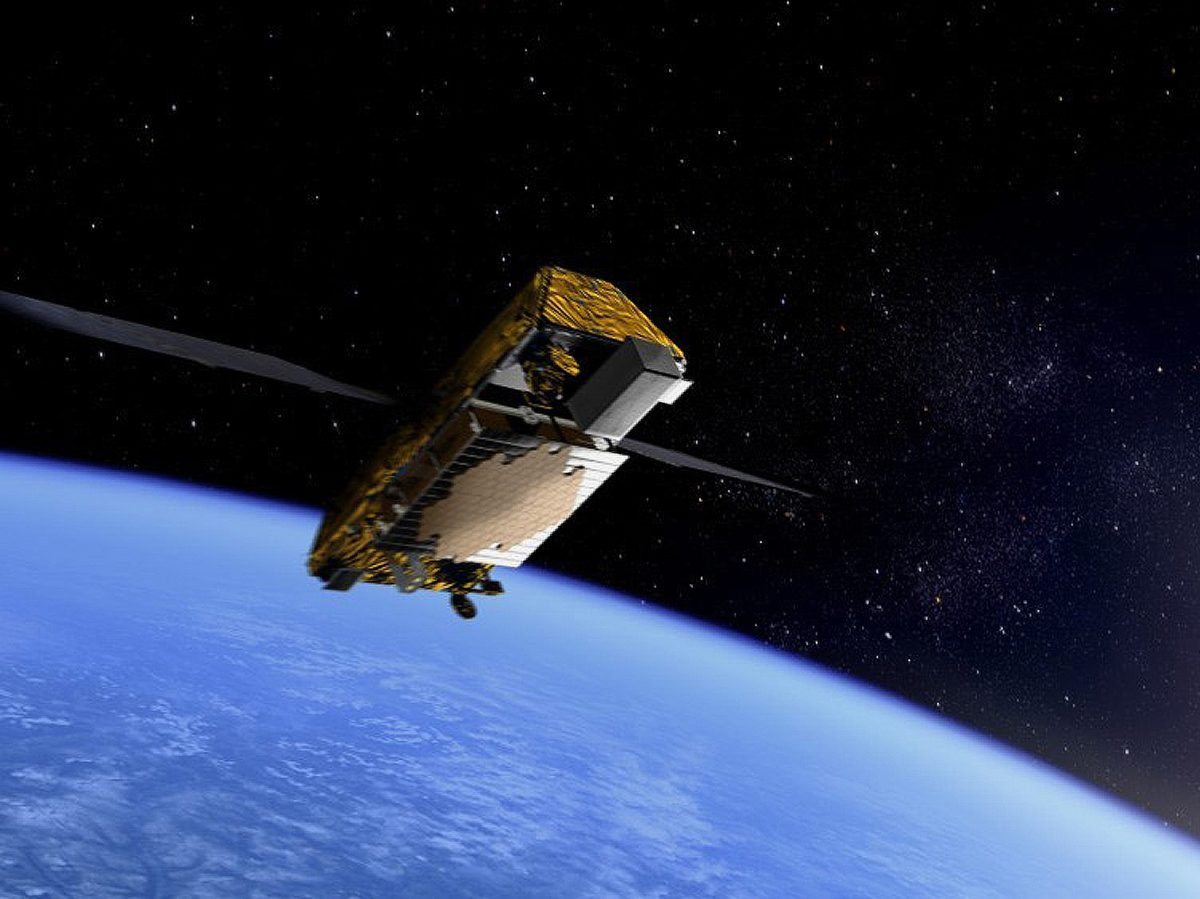
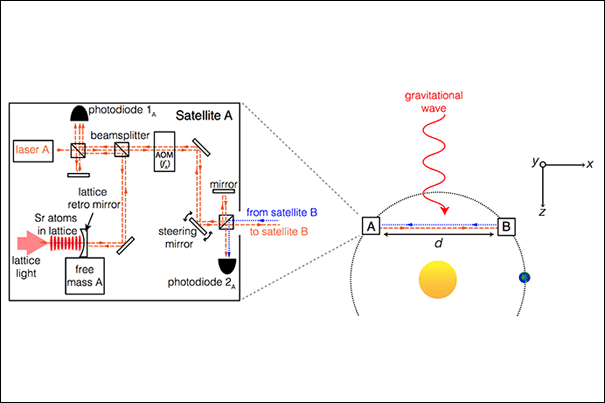

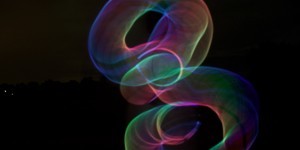






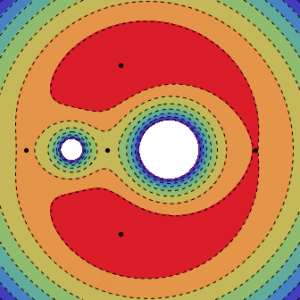
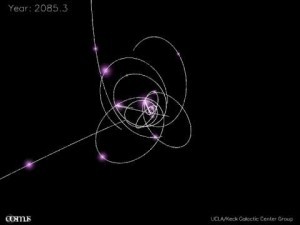
Comments
Cool!
Does this kind of detector have to be in space? Could it, for example, be on the surface of the Moon, or the ‘facing’ surfaces of a (synchronous, tidal-locked) binary asteroid?
Such locations may have the advantage of also testing/observing other phenomena. Of course, they’d also have more difficulty filtering out non-GWR signals …
As a gravitational wave passes through an object, does that observer move (ever so slightly) in a direction relative to another nearby observer ‘at or near the speed of light’? If so, does the non moving observer see ‘time dilation’ for the observer in the crest of the gravitational wave?
When a gravitational wave passes there would also be a time dilation effect, but it’s extremely tiny. For the detection of gravitational waves, it’s insignificant.